A Quick Primer on the Foundation of Our Hunting and Fishing Heritage
Hunters and anglers have long been the driving force behind wildlife conservation in America. In the second half of the 19th century, hunters began to organize and advocate for the creation of wildlife refuges, after witnessing the effects of market hunting and the wanton destruction of habitat. Some species, like the passenger pigeon, were taken to the point of no return; others such as bison, whitetail deer, and wild turkeys, were pushed to the edge of extinction.
President Theodore Roosevelt is generally remembered as the father of conservation in our country. He credited wild places and wildlife for his own personal development, and feared that the rugged individualism the wilderness taught him would be lost if he didn’t succeed in making conservation the nation’s highest priority. During his tenure as president, Roosevelt set aside more than 240 million acres as national parks, forests, monuments, and wildlife refuges. He and his colleagues were instrumental in ending market hunting and ushering forward our nation’s conservation ethos.
Subsequent generations expanded Roosevelt’s legacy by creating funding mechanisms, primarily through excise taxes and license fees, to pay for the professional management and acquisition of millions of acres for the public to enjoy. During the early 1900s, important laws were passed, including the Migratory Bird Treaty Act of 1918, the Migratory Bird Hunting and Conservation Stamp Act of 1934, the Federal Aid in Wildlife Restoration Act of 1937 (better known as the Pittman-Robertson Act), and the Federal Aid in Sport Fish Restoration Act of 1950 (the Dingell-Johnson Act).
These statutes and the legal and funding framework that has since developed through these collective actions is now known as the North American Model of Wildlife Conservation. The term — coined and further expanded upon by luminaries such as Valerius Geist and Shane Mahoney, and championed by groups such as the Boone and Crockett Club and The Wildlife Society— outlines the principles that have underpinned successful wildlife conservation efforts in Canada and the United States.
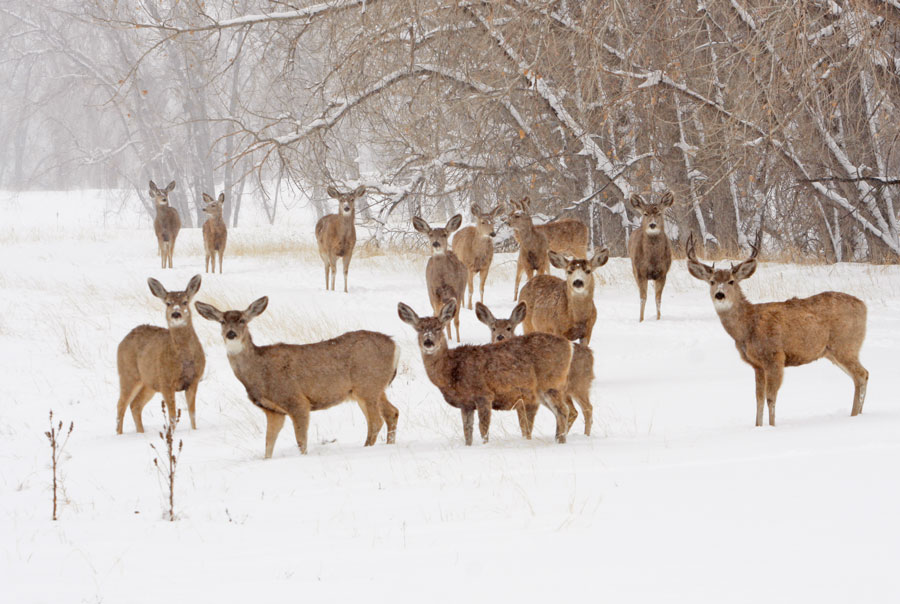
The Seven Pillars
As articulated by the U.S. Fish and Wildlife Service, seven features make the North American model distinct:
1) Wildlife is a public resource and held in public trust. In the Unites States, wildlife is considered a public resource, independent of the land or water where wildlife may live. Government at various levels have a role in managing that resource on behalf of all citizens and to ensure the long-term sustainability of wildlife populations.
2) Markets for game have been eliminated. Government actions making it illegal to buy and sell meat and parts of game and non-game species have removed a huge threat to the survival of those species. A market in furbearers continues as a highly regulated activity.
3) Allocation of wildlife by law. Wildlife is a public resource managed by government. As a result, access to wildlife for hunting is through legal mechanisms such as set hunting seasons, bag limits, license requirements, etc.
4) Wildlife can only be killed for a legitimate purpose. Wildlife is a shared resource that must not be wasted. The law prohibits killing wildlife for frivolous reasons.
5) Wildlife species are considered an international resource. Some species, such as migratory birds, cross national boundaries. Treaties such as the Migratory Bird Treaty and CITES recognize a shared responsibility to manage these species across national boundaries.
6) Science is the proper tool for discharge of wildlife policy. In order to manage wildlife as a shared resource fairly, objectively, and knowledgeably, decisions must be based on sound science such as annual waterfowl population surveys and the work of professional wildlife biologists.
7) The democracy of hunting and fishing. In keeping with democratic principles, government allocates access to wildlife without regard for wealth, prestige, or land ownership.
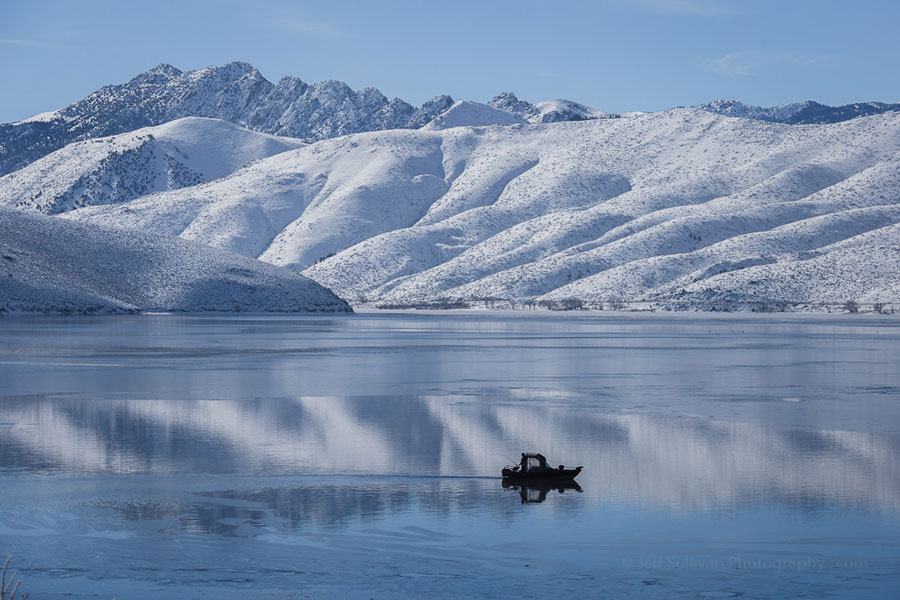
A Heritage Worth Fighting For
Today, we all have a duty to understand this uniquely American privilege and to preserve it for future generations.
Too often we take for granted what Roosevelt and generations of conservation-minded leaders have left us: a system of public lands that is unparalleled in all the world; the best-managed fish and wildlife populations of any nation; and the ability for all Americans to hunt and fish, regardless of class or economic status.
Top photo: Paul VanDerWerf via Flickr

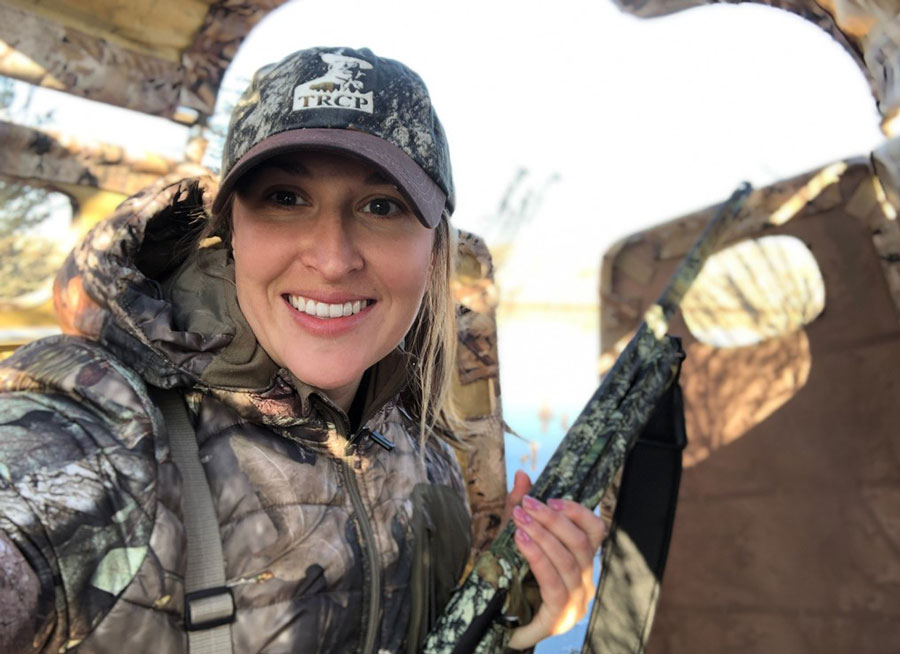
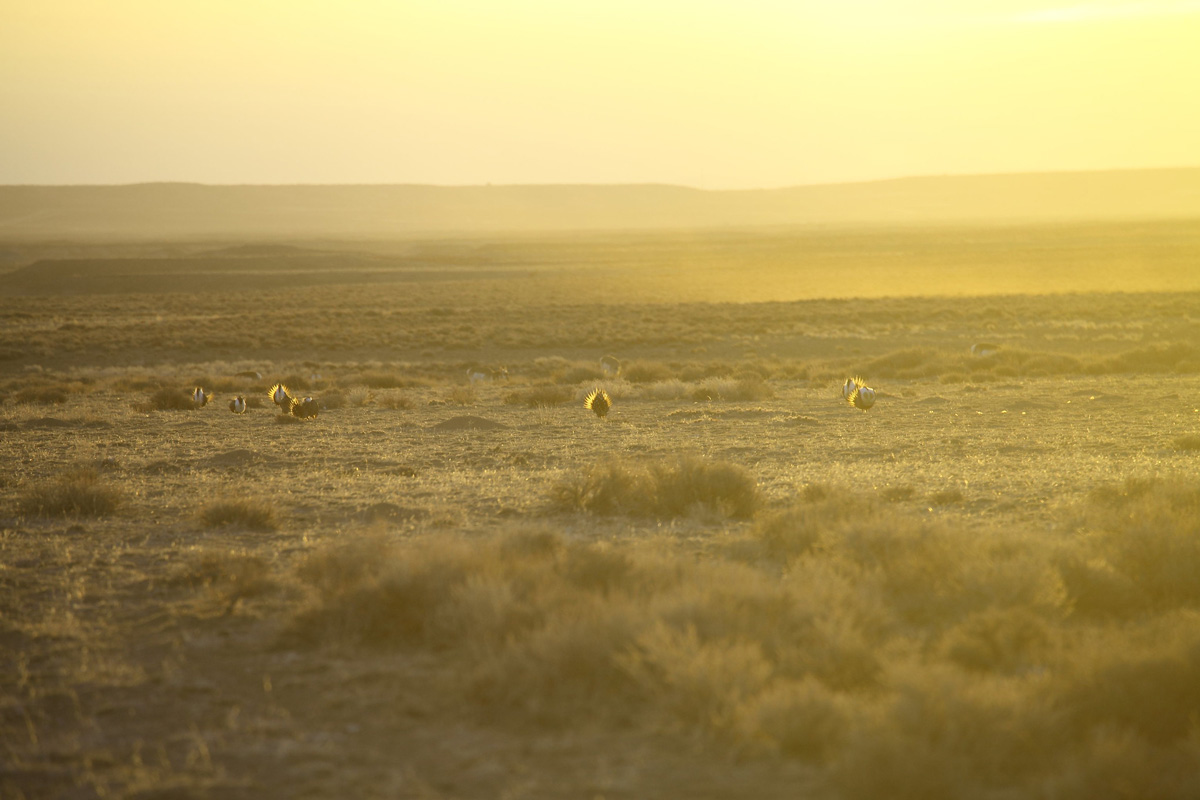
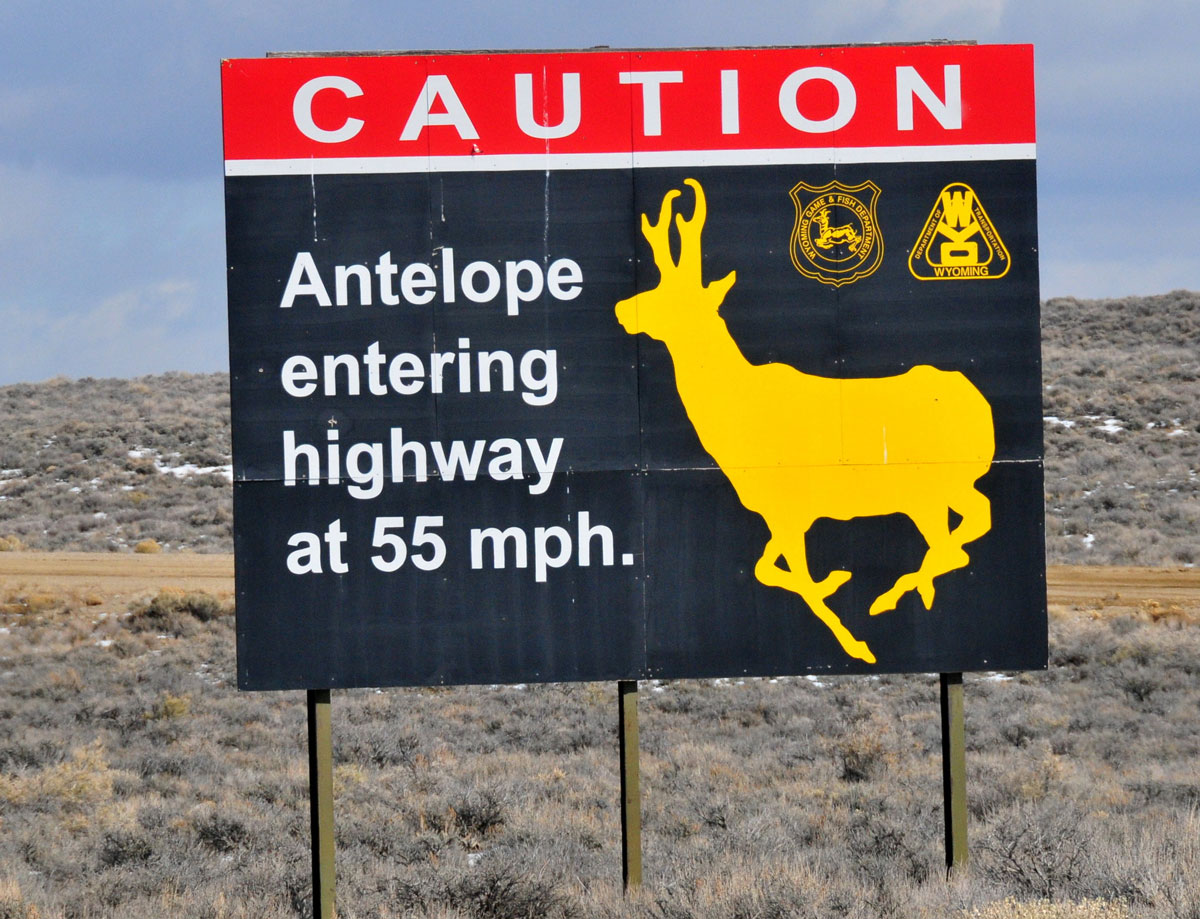
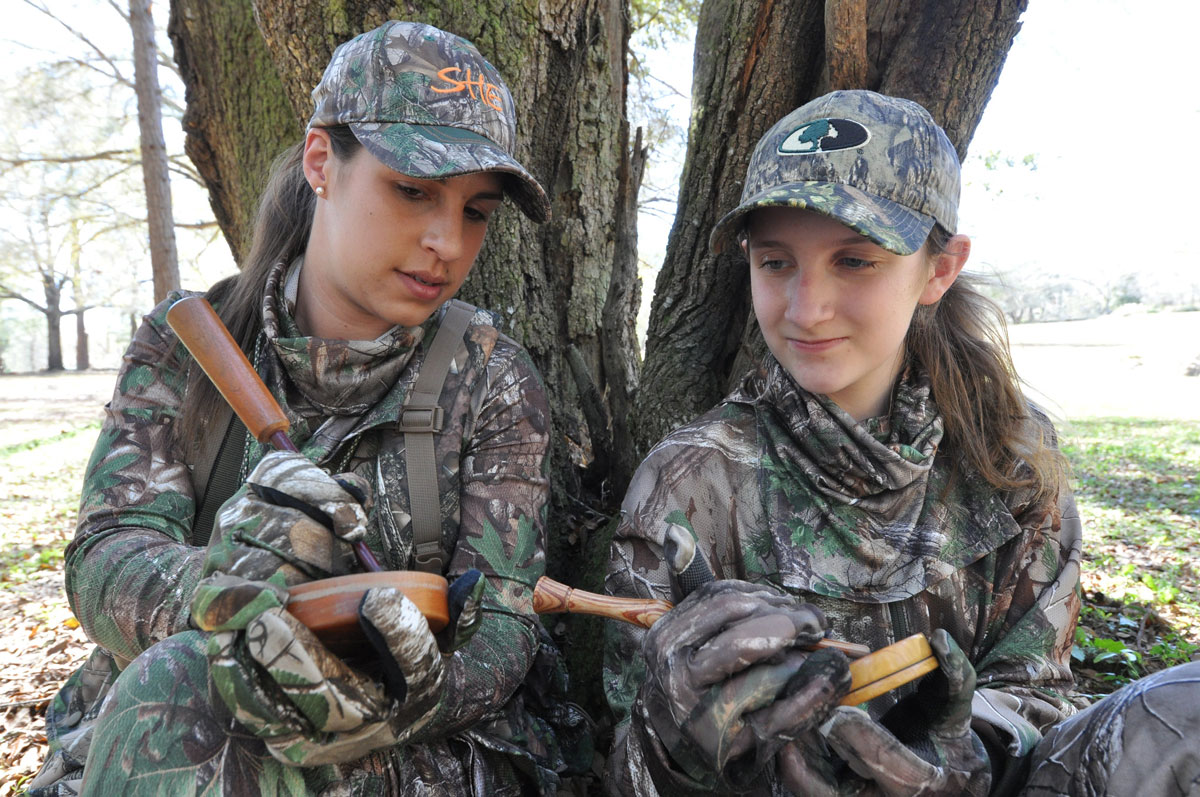
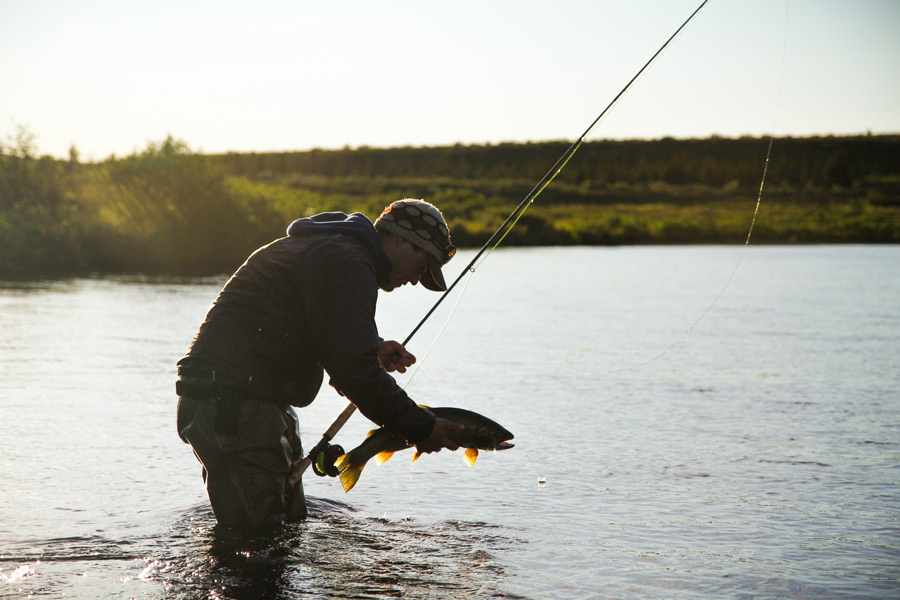
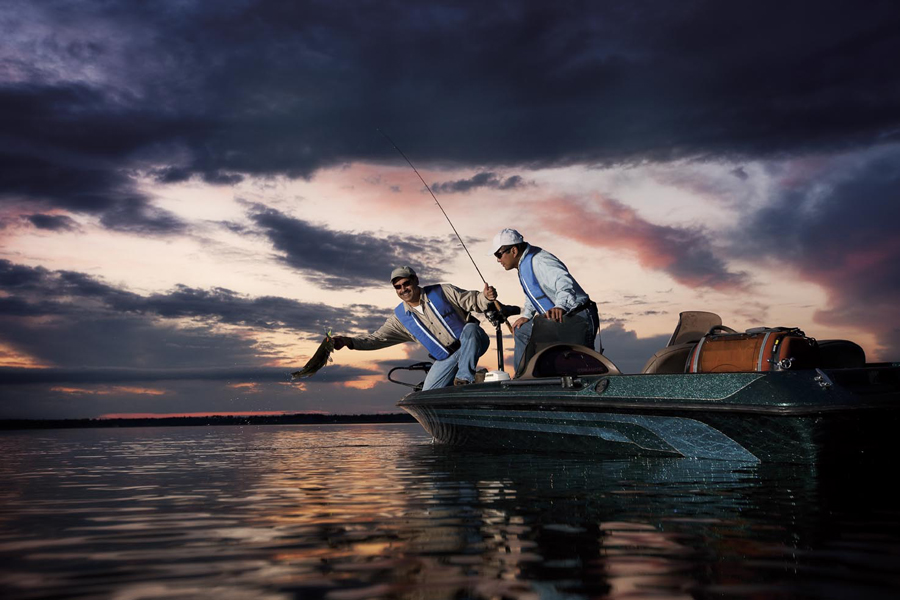





The North American Model could use some sprucing up as we emerge into a new decade, and indeed a new age. We are on the precipice of the Sixth Mass Extinction, and with the fires in Australia as an example, wildlife hangs in the balance. The old guard needs to make way for a New Guard that will be better stewards of our wildlife and our wild lands. It’s time to eliminate the hold that ranching agriculture has on our wildlife laws and practices. Time to do away with inhumane killing practices like cyanide bombs and aerial shooting of wolves and groups like “Wildlife Services”. The New Guard should include preservation and protection of keystone apex predators like wolves and mountain lions. The New Guard must adhere to the so-called “Seven Pillars”, most especially Pillar number 4, which states that “wildlife must not be killed for frivolous purposes”. Our laws must eliminate heartless and needless killing contests that give out prizes for hunters who take the biggest and the most animals out. The market in furbearing needs to be eliminated entirely! Trapping is heinous and cruel, animals suffer horrific deaths and there are many innocent victims who are not the target who also suffer, like our pets who fall victim to trapping. Over 80 countries have banned trapping and the United States lags sorely behind. Time to evolve into a more compassionate and forward thinking society and ban all fur trade.
We need to strive to teach our children to be kind to all wildlife, to respect it and revere it, to treasure our wildlife and not to have a cavalier attitude. As a true conservationist, I abhor all trophy hunting and groups like Safari Club International have long lists of heinous crimes. Hunting should ONLY be done for sustenence. Period. Killing is NOT conservation.
Very informative and thought provoking.
Great post Marnee. I particularly enjoyed your chronicle of getting your hunter’s certification. As you know, that’s why we have Women Connect. Best, Dave
As a hunter and fisherman ,that works very hard ,and has been fortunate enough to hunt out west a couple times, (Iwish I could afford more trips) has witnessed as the years pass how the-rice of hunting has gone through the roof becoming a rich mans sport to venture in the wilderness. Diy hunts are almost nil. The price the states put on game tags onsite species are over the top and guides are just as bad and there are no guaantees. I’ve hunted moose in the Federal Reserve several times in Alaska , and the tag WAS 400.00 over the counter , I remember bear tags and a Grizzly hunt did not cost 30,000.00 or a goat tag was not over the top either for an out of stater. Also states are making out of staters ,hire a guide Mandator! I don’t know if its greed or just for the privileged. This I do know , when it come to our BLM ,I better never hear a foreigner owns it.Since I’m not rich enough to enjoy what’s ours.
I have to agree with Don. The prices of hunting is getting higher especially if a hunter wants to travel or seeks a rarer experience. Mandatory guides, high fees, especially for non-residents, and lack of access make hunting difficult and too often out of reach for many. Even if one just hunts locally land access and fees can make stuffing your freezer difficult. I know there are reasons for the costs, protecting game isn’t cheap and their is a demand that exceeds supply in many cases, but its increasingly a sport for the folks who have money and less so for those who legitimately need the meat. Protecting public lands helps ensure that those not able to buy a hunt in the more game rich areas have an opportunity to enjoy the fruits of the hard work that has gone into fish & game management. Sadly we also seem to have people who should know better vocally condemning Fish & Game departments because they believe some nonsense about the departments becoming anti-hunter / anti-fisher due to some policy or other that they personally don’t like. Others ( oddly fishermen most often from what I have seen) refuse to spend the money for a license because its “too high” and risk getting caught, ignoring that the license fee, especially for fishing, is often the least expensive part of the hobby.
As a hunting & fishing blogger, my mission has been to promote conservation and help preserve the tradition of hunting for future generations. As a Realtor, I hear from many new residents moving to my state, that they have given up hunting because of costs, and regulations. That is a significant concern of mine. We can’t afford to lose hunters!
Schroeder’s rant doesn’t appear to have been written by a hunter but rather by someone from WWF.
For example: “The old guard needs to make way for a New Guard that will be better stewards of our wildlife and our wild lands.” Who is the old guard? Who is the new guard? Ostensibly, the so called “new guard” are the enlightened ones who will save and protect wildlife by restricting our hunting privileges and instituting more government into our outdoor pursuits. No thank you.
“The New Guard should include preservation and protection of keystone apex predators like wolves and mountain lions.” So, no hunting to keep predator numbers manageable? Foolishness.
Trapping is a viable wildlife management tool. Racoons, coyotes, foxes and other animals raid duck nests and destroy eggs and eat ducklings. Uncontrolled numbers can and do decimate duck populations.
My hope is the “old guard” will continue to manage our wildlife and hunting with wisdom, study and review. Our wild turkey, deer, bear, wolf and elk populations are exceptionally healthy. The old guard has been mighty successful for nearly a hundred years. They have my support.
Schroeder’s rant doesn’t appear to have been written by a hunter but instead by someone from WWF.
For example: “The old guard needs to make way for a New Guard that will be better stewards of our wildlife and our wild lands.” Who is the old guard? Who is the new guard? Ostensibly, the so called “new guard” are the enlightened ones who will save and protect wildlife by restricting our hunting privileges and instituting more government into our outdoor pursuits. No thank you.
“The New Guard should include preservation and protection of keystone apex predators like wolves and mountain lions.” So, no hunting to keep predator numbers manageable? Foolishness.
Trapping is a viable wildlife management tool. Racoons, coyotes, foxes and other animals raid duck nests and destroy eggs and eat ducklings. Uncontrolled numbers can and do decimate duck populations.
My hope is the “old guard” will continue to manage our wildlife and hunting with wisdom, study and review. Our wild turkey, deer, bear, wolf and elk populations are exceptionally healthy. The old guard has been mighty successful for nearly a hundred years. They have my support.